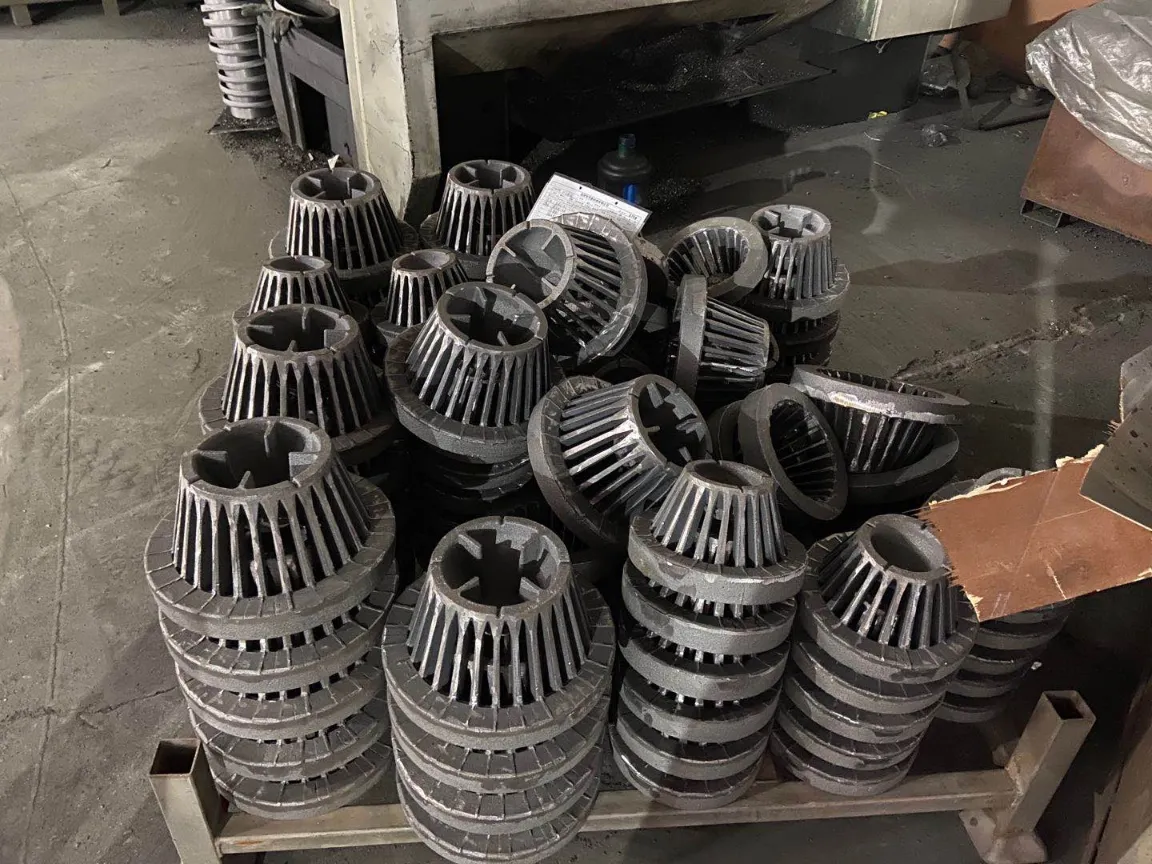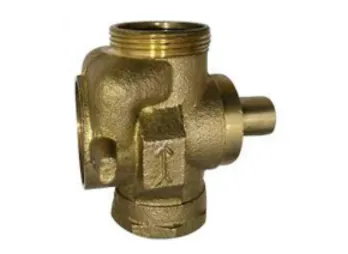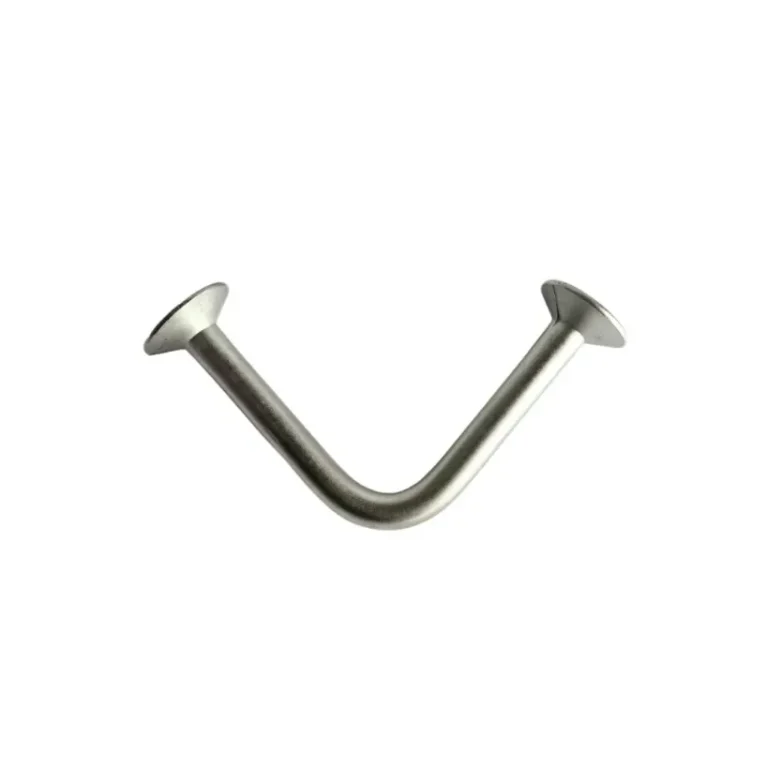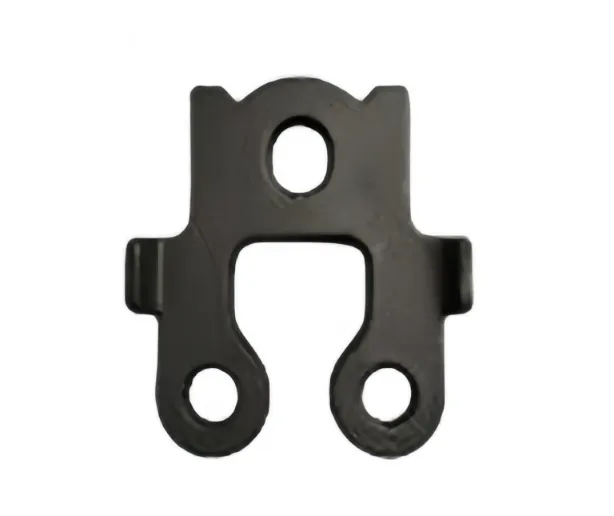
Introduction – Why Material Choice Matters in Automotive Castings
The role of castings in modern automotive design
Castings form the backbone of cars today. Think engine components, chassis parts, suspension systems. They handle stress, heat, and daily wear.
Impact of material selection on performance, cost, and fuel efficiency
Picking the right material boosts speed, cuts costs, saves fuel. Wrong choice? Higher emissions or breakdowns. Simple as that.
Overview of Aluminum and Steel as common casting materials
Aluminum shines in lightweight builds. Steel brings raw strength. Both dominate automotive casting, each with its perks.
Key Properties of Aluminum Castings
Lightweight yet strong: Benefits for automotive applications
Aluminum castings weigh less than steel. That means better handling and quicker acceleration in vehicles. Strength holds up too, especially in alloys. China, by the way, leads in aluminum alloy casting, pumping out tons for global markets.
Corrosion resistance and thermal conductivity
Aluminum fights rust better. Great for wet roads or salty winters. It also pulls heat away fast, keeping engines cool under pressure.
Machinability and post processing advantages
Easy to machine. Drill, cut, shape without much hassle. Finishing options like anodizing add protection. Saves time in the shop.
Common applications in vehicles
Engine blocks, transmission housings, structural components. EVs love aluminum for battery frames. Lighter car, longer range.
Key Properties of Steel Castings
Strength, toughness, and durability
Steel castings take a beating. High tensile strength, resists cracks. Perfect for rough rides or heavy loads.
Heat resistance and fatigue performance
Handles extreme temps without warping. Fatigue? It lasts cycles after cycles. No surprise in high stress parts.
Cost effectiveness for heavy duty automotive parts
Cheaper raw material often. Especially carbon steel or ductile iron variants. Big savings on bulk orders.
Common applications in vehicles
Gears, crankshafts, suspension components, frames. Trucks and off roaders rely on steel for that unbreakable feel.

Comparing Aluminum and Steel for Automotive Projects
Weight vs strength trade off
Aluminum sheds pounds, but steel packs more punch per inch. For sports cars, go light. Trucks? Steel all the way. China’s casting output hit over 50 million tons in 2023, much of it steel for heavy machinery.
Cost considerations: Material and manufacturing expenses
Aluminum costs more upfront. But lighter parts cut shipping fees. Steel’s cheaper, though complex designs hike prices. Factors like production volume matter. Larger orders drop per unit costs, as seen in Chinese foundries.
Corrosion and maintenance requirements
Steel needs coatings to avoid rust. Aluminum? Less upkeep. Think long term savings on repairs.
Impact on fuel efficiency and emissions
Lighter aluminum boosts mpg, lowers CO2. Steel’s weight drags efficiency down. With regs tightening, aluminum edges ahead in green builds.
Design and Manufacturing Considerations
Casting techniques suitable for Aluminum and Steel
Sand casting works for both, especially larger steel parts. Investment casting suits aluminum’s precision needs, like turbine blades. Die casting? Fast for aluminum in high volumes. Gravity casting handles aluminum well too, pouring metal slow for strength. China excels here, with sand casting for complex auto bits and die casting for lightweight electronics.
Continuous casting cranks out steel slabs quick. It’s all about matching method to metal.
Machining, heat treatment, and finishing differences
Aluminum machines smoother, but steel needs tougher tools. Heat treat steel for hardness; aluminum for stability. Finishes vary: powder coat steel, polish aluminum. Small tweaks make big differences.
Production scalability and lead time
Steel scales easy for mass runs. Aluminum? Quicker setups in pressure casting. Lead times: 3-5 weeks for die-cast aluminum, 4-6 for sand cast steel. Chinese suppliers handle this swell, thanks to automation and vast capacity.
Choosing the Right Material for Your Automotive Project
Evaluating project requirements: Performance vs cost
Balance needs. High performance? Aluminum. Budget tight? Steel. Test samples first.
Industry examples and case studies
Tesla uses aluminum castings for lightweight frames, cutting weight by 10%. Ford trucks stick with steel for tow power. In China, aerospace pulls investment casting for steel alloys, similar to auto suspension.
Tips for collaborating with casting suppliers like Baoqi
Baoqi handles forging, casting, stamping. Check ISO 9001 certs. Request third party inspections. Get samples. For IP, sign NDAs. Communicate clear: use drawings, video calls. Many Chinese firms like Baoqi adopt eco-friendly tech, recycling materials. Verify sustainability if green matters.
Conclusion
Summary of Aluminum vs Steel strengths and weaknesses
Aluminum offers lightweight strength, corrosion resistance, and machining ease, but costs more. Steel delivers unmatched toughness and durability at a lower price, yet it’s heavier and rust prone. Each material suits specific automotive needs—aluminum for efficiency driven designs, steel for heavy duty applications.
How informed material selection improves vehicle performance and cost efficiency
Choosing the right material optimizes performance, slashes fuel costs, and meets emissions standards. Aluminum boosts mileage in EVs, while steel ensures rugged reliability in trucks. Smart selections align with project goals, balancing cost and quality for long term gains.
Next steps for automotive engineers and buyers
Assess specs. Talk suppliers. Prototype. Move forward.
Frequently Asked Questions (FAQ)
Q1: Why choose aluminum over steel for automotive castings?
Aluminum cuts weight, boosts fuel efficiency, resists corrosion. Ideal for engines and structures.
Q2: What makes steel better for certain auto parts?
Steel’s toughness and heat resistance suit gears, frames. Cost effective for heavy duty use.
Q3: Common casting processes for aluminum and steel in automotive?
Sand casting for large steel parts; die casting for aluminum high volumes. Investment casting for precision in both.
Q4: How to ensure quality from casting suppliers?
Look for ISO certs, third party checks, samples. Audit sites if possible.
Q5: Impact of material on automotive emissions?
Aluminum’s lightness reduces fuel use, lowers emissions. Steel increases weight, hikes them.








